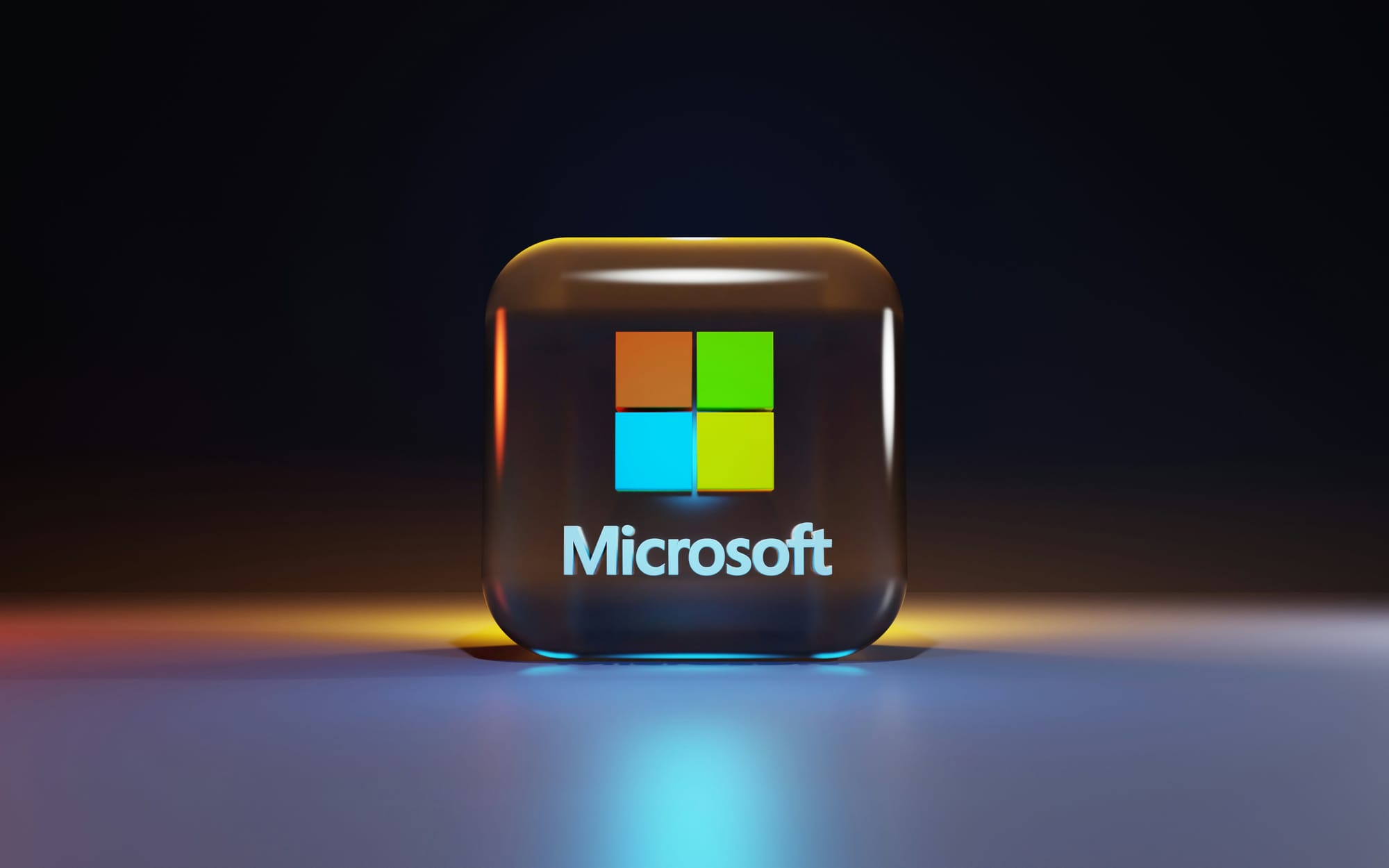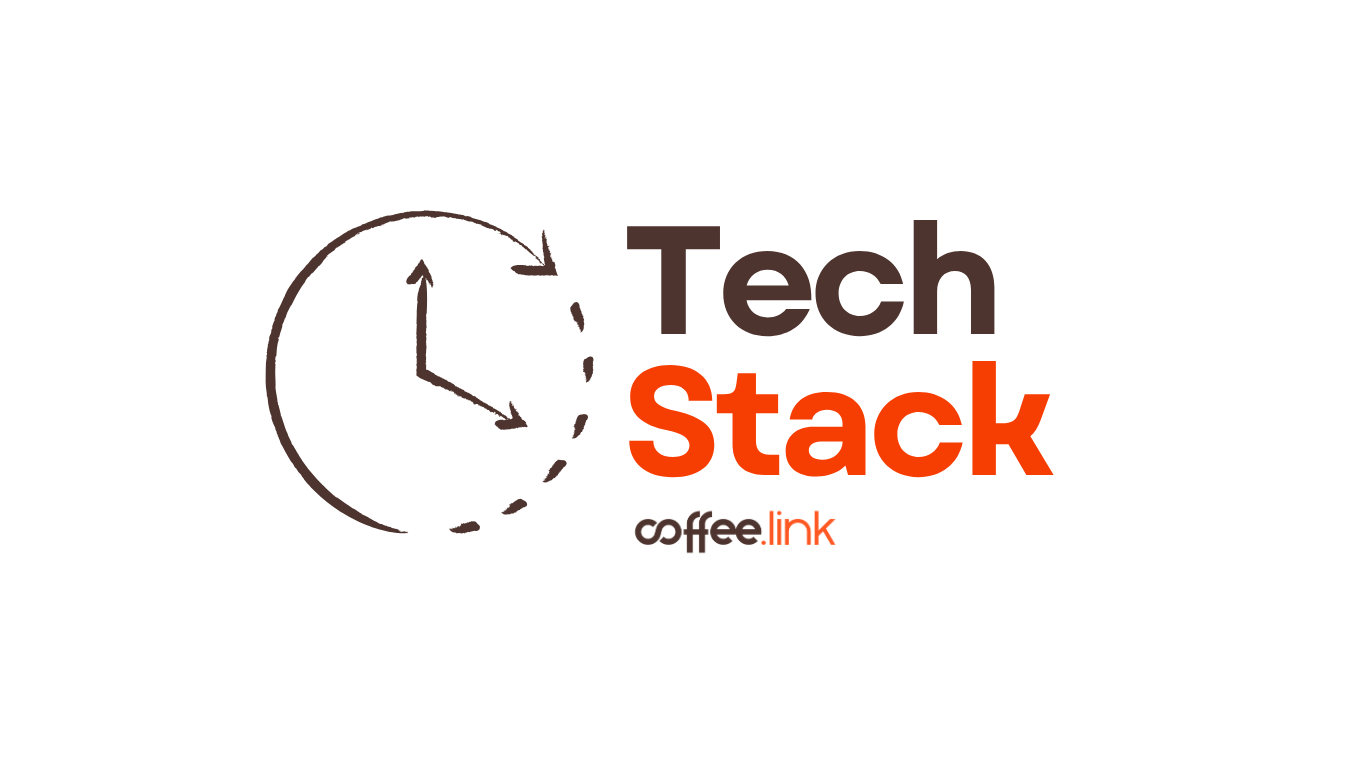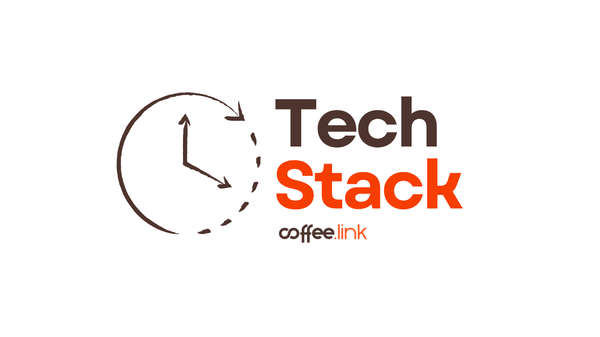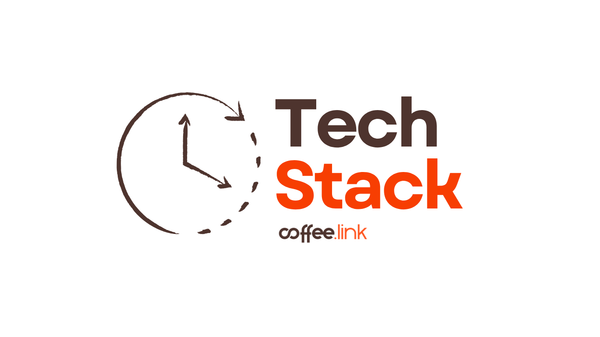This week, nine major stories—ranging from billion-dollar compute deals to space-based AI concepts—redefined what’s next for the digital economy.
Let’s dive in.
OpenAI signs $38B cloud deal with AWS
OpenAI has entered a seven-year, $38 billion partnership with Amazon Web Services, securing access to hundreds of thousands of NVIDIA GPUs and millions of CPUs. The move cements AWS as a key player in the AI compute race and gives OpenAI diversified infrastructure beyond Microsoft Azure.
What to watch: expect sharper competition in cloud capacity, pricing, and access as AI compute becomes a strategic advantage.

OpenAI outlines new AI safety and governance framework
In a series of detailed blog posts, OpenAI proposed new methods to measure AI progress, strengthen model oversight, and defend against vulnerabilities like prompt injection. While less headline-grabbing than a model release, the proposals signal a more mature outlook on safety and accountability.
What to watch: how other labs and regulators respond to these governance ideas in the months ahead.
Google Cloud and Vitality launch “Vitality AI”

Google Cloud announced a global partnership with Vitality to create Vitality AI—a health-data platform that fuses Google’s analytics stack with Vitality’s behavioural and medical data. The collaboration aims to power both consumer wellness tools and insurer analytics.
Why it matters: healthcare meets AI remains one of the most competitive frontiers for cloud providers, with tech firms vying for trust and scale.
Google Research explores space-based AI infrastructure

Google Research unveiled a speculative but fascinating paper on space-based AI compute, proposing orbital clusters of solar-powered satellites running TPUs connected by optical links. The concept suggests a future where compute capacity could expand beyond Earth’s physical limits.
What to watch: early-stage, but a bold glimpse at how the infrastructure race might extend literally out of this world.
Microsoft updates global licensing for 365 and Teams

Beginning November 1, Microsoft rolled out new Microsoft 365 and Office 365 licensing structures worldwide. The changes, which separate Teams into stand-alone offerings, reflect the company’s compliance commitments to the European Commission and a broader shift toward flexible pricing.
What to watch: enterprises renewing subscriptions should review cost implications and deployment options under the new policy.
AMD reports record Q3 2025 results

Advanced Micro Devices posted quarterly revenue of $9.2 billion, with a 52% gross margin and net income of $1.2 billion. Strong performance in its data-center and AI hardware business fueled the results.
What to watch: continued AI demand is sustaining semiconductor growth even as PC sales plateau.
Tech and AI stocks cool after extended rally
After months of relentless gains, AI-heavy tech stocks pulled back this week as investors reassessed valuations, earnings expectations, and macroeconomic risks.
What to watch: a more selective market could favor companies demonstrating real business value over speculative AI narratives.
Apple rumored to develop low-cost MacBook

Reports from multiple supply-chain sources suggest Apple is developing an entry-level MacBook, targeted for a 2026 release at under $1,000. The device may feature an iPhone-class A-series chip and a lower-cost display.
Why it matters: this would mark Apple’s strongest push yet to broaden its Mac user base in price-sensitive markets.
AI infrastructure remains the real story
Amid product launches and policy news, this week underscored one truth—AI runs on compute. The OpenAI-AWS agreement, Google’s orbital compute concept, and AMD’s data-center momentum all point to infrastructure as the defining battleground of the AI age.
What to watch: whether smaller labs can access large-scale compute or if power continues to centralize among cloud giants.
Sources verified as of November 8, 2025








